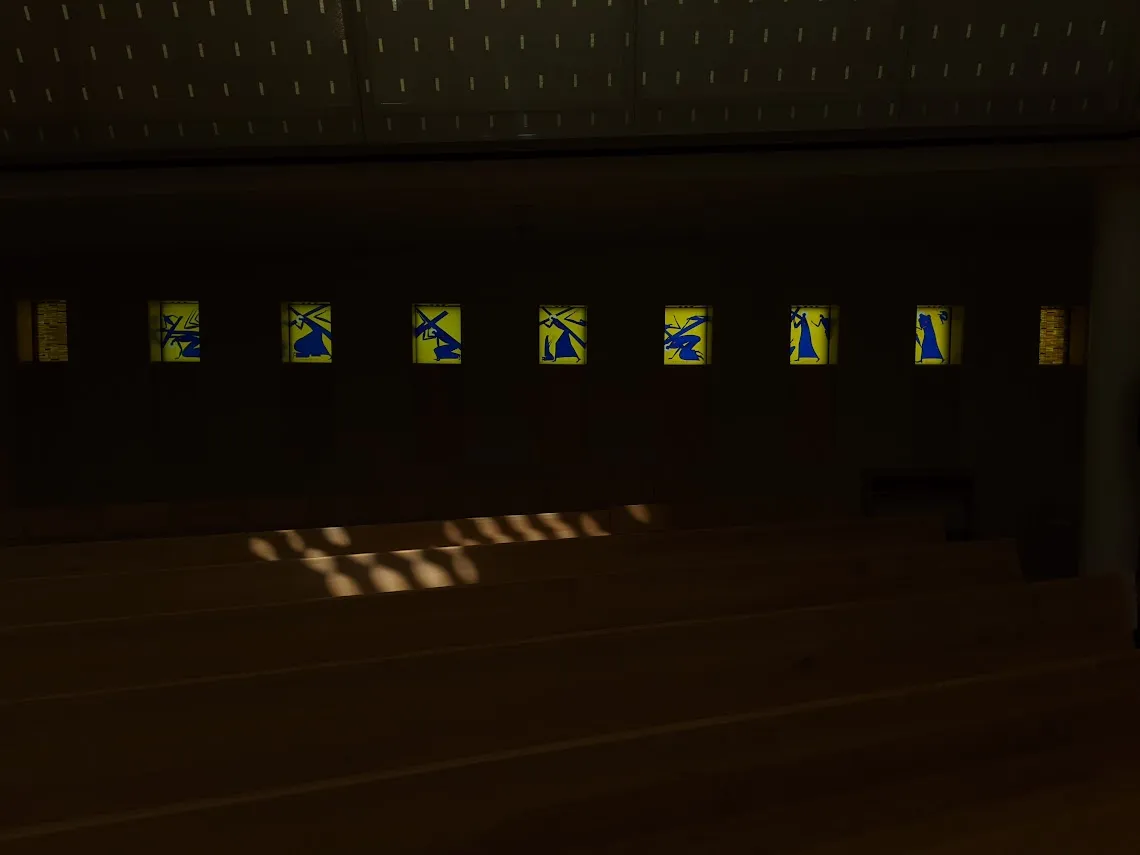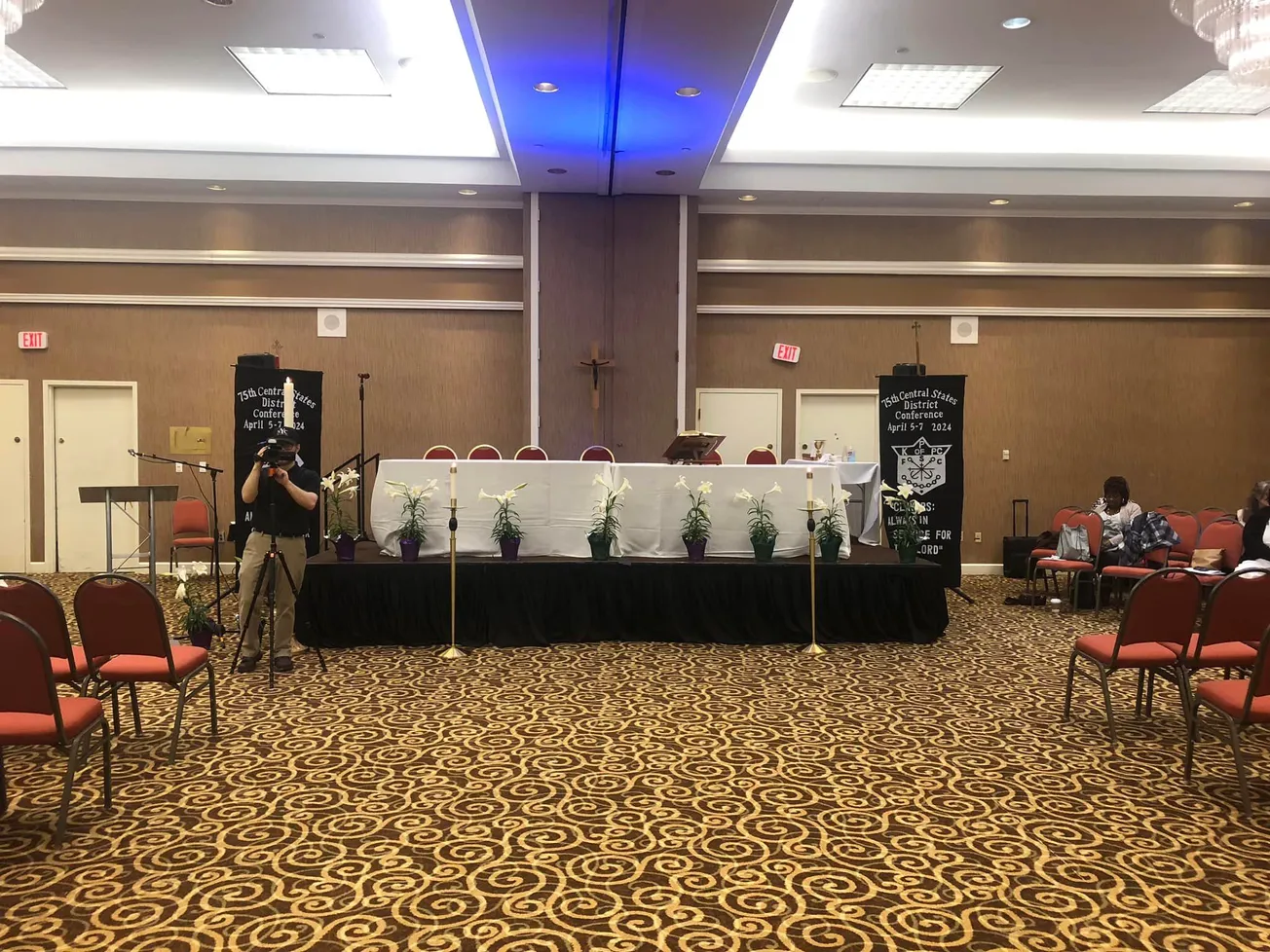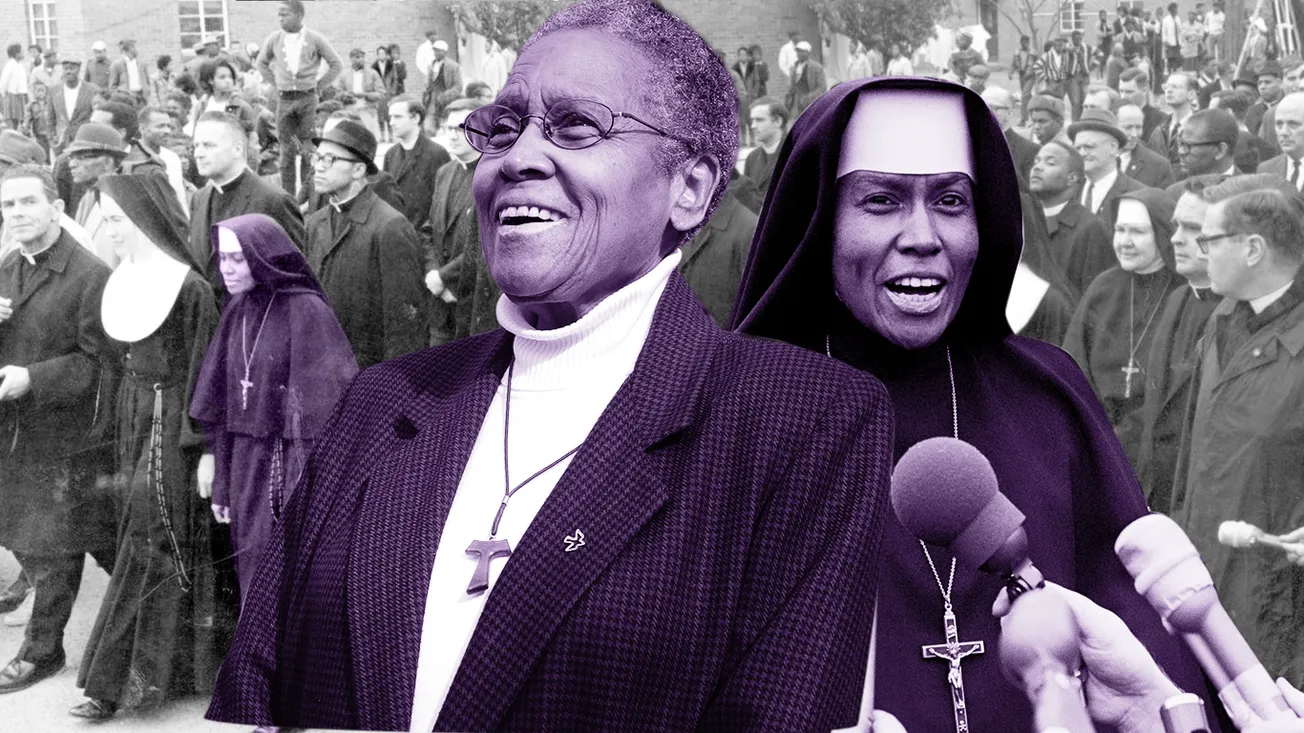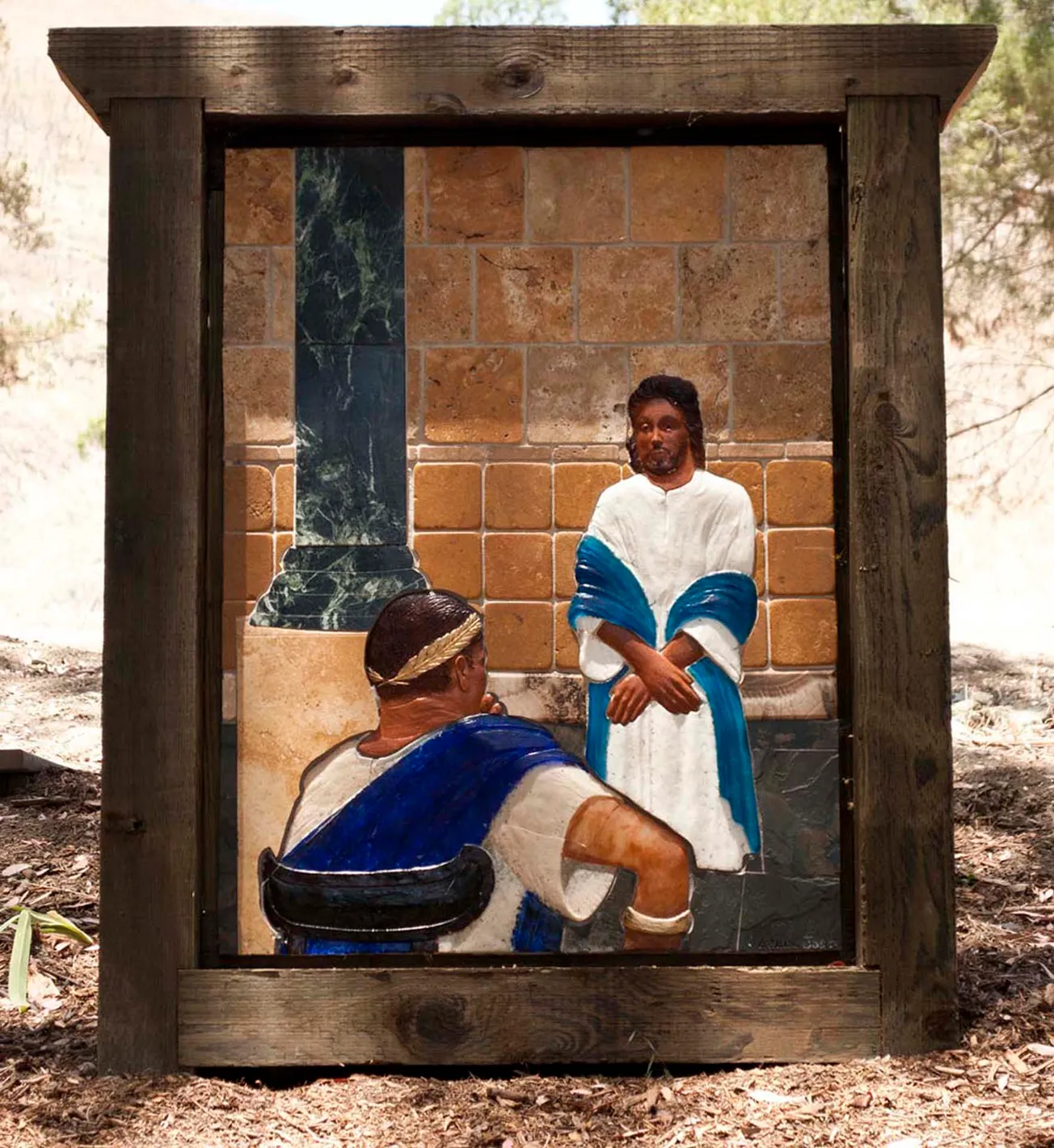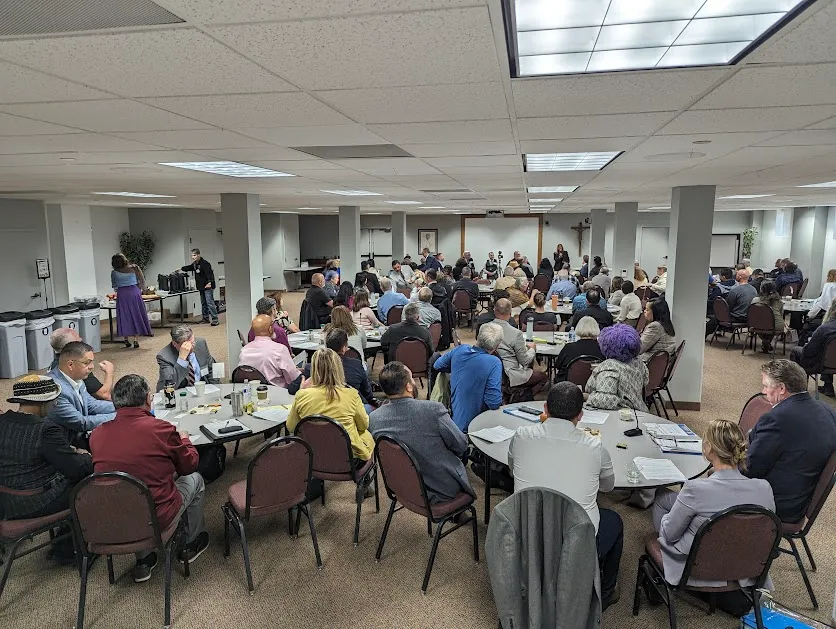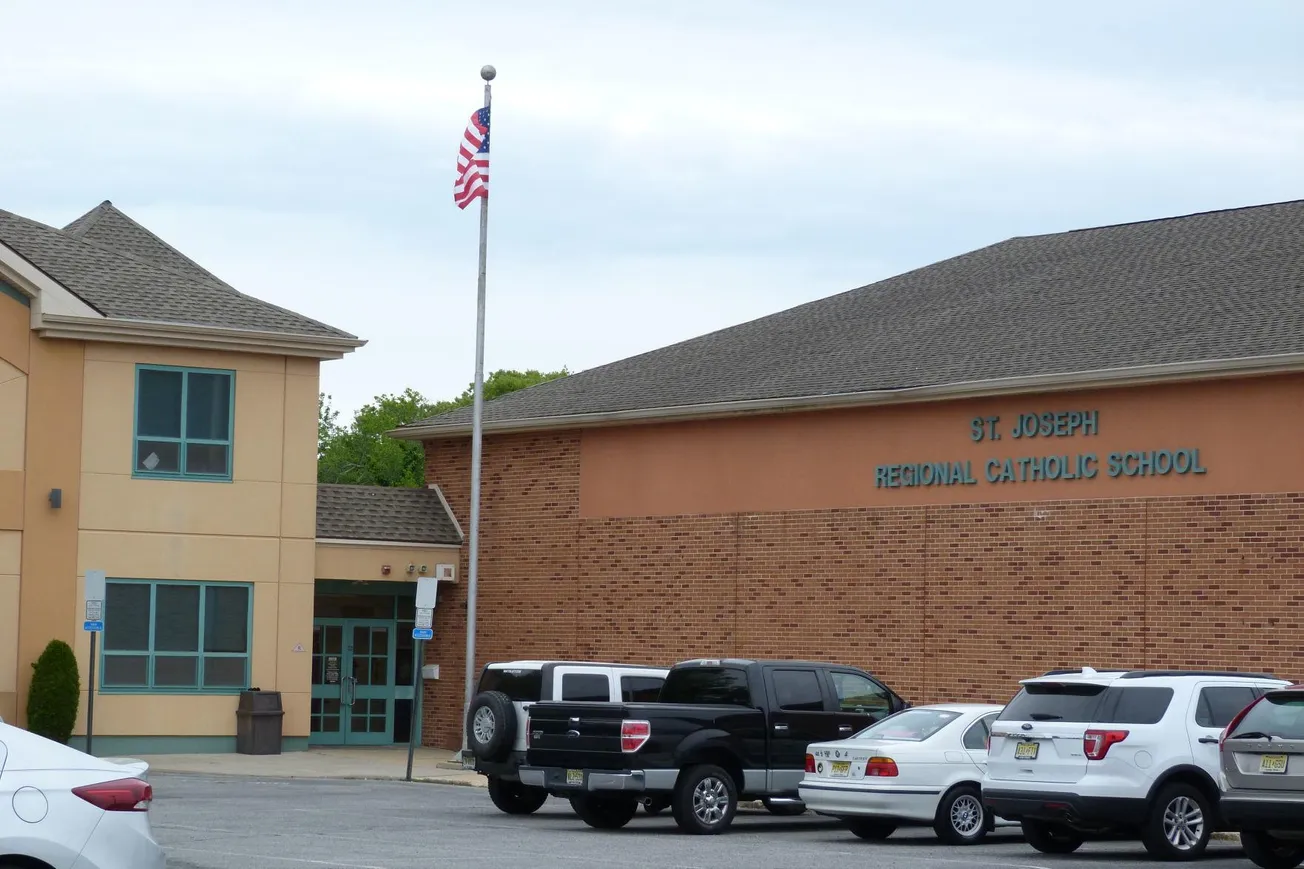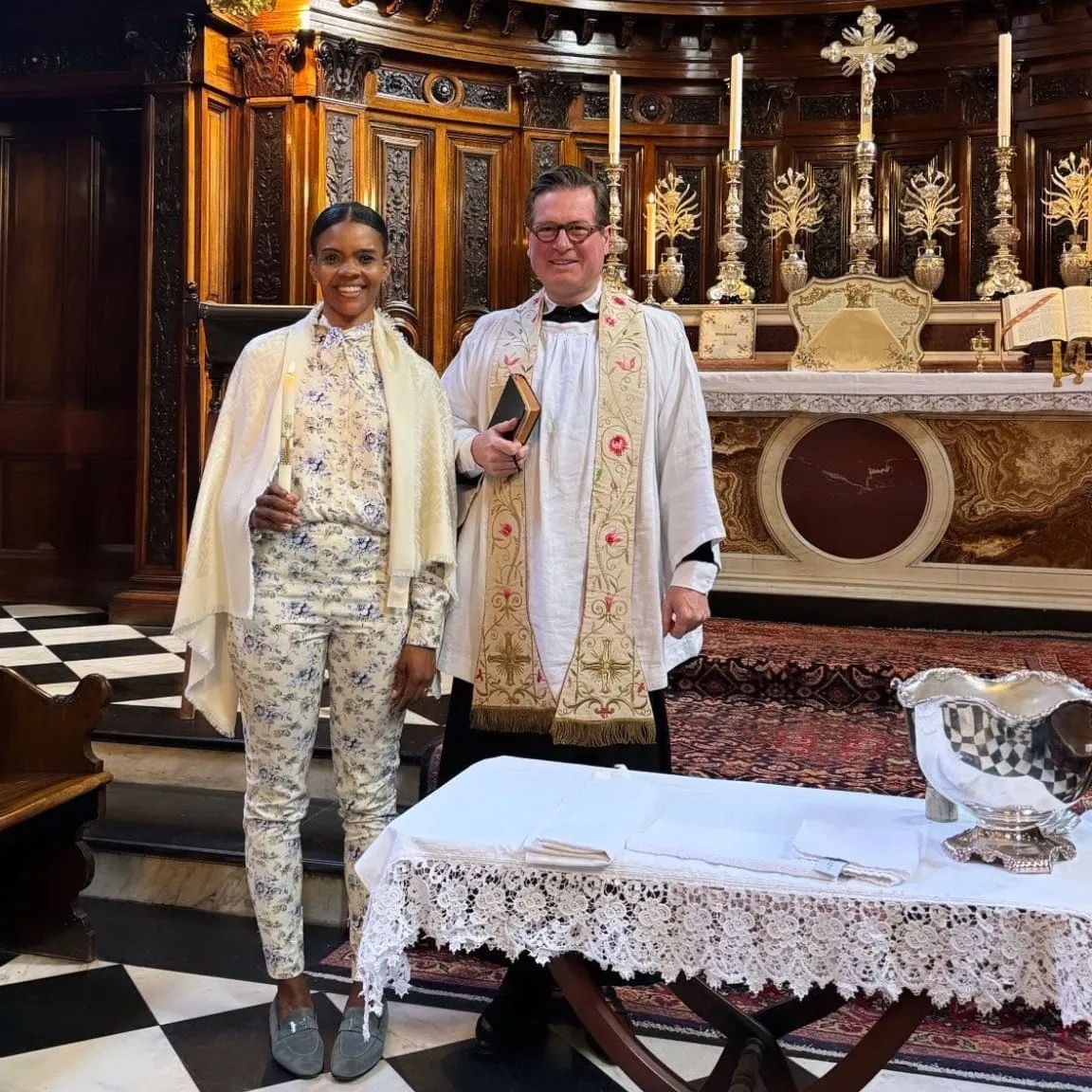Recently, I found myself at the TV and the movie “Rosewood '' was showing. This movie was inspired by the 1923 Rosewood massacre in Florida, wherein a White mob killed Black people just trying to get through the day, and destroyed their town. It hurt my heart so deeply to see the suffering of Black people at the hands of bigots. I had to turn away.
What bothered me most was the depicted laughter and escapades of those watching and engaging in another human being’s pain and suffering. Not only were the adults engaged in the fracas, but the intentional antics they used to enculturate their children in racial hatred also called for a space of sacred pause. They were teaching by way of promoting the false truth of White Supremacy. They wanted their innocent minds to think Black people were children of a lesser God, and they needed to learn techniques to promote their suffering and extinction. This was particularly nauseating.
There are many Satan figures and many Jesus figures in this movie. It is a work of sin, love, suffering, White privilege, hate unleashed, courage, power, fragmentation, reconciliation, and redemption. It is a space that wrestles light and darkness. It shows the intentional uprooting of the primordial innocence that is childhood. One child refuses to engage in hatred, stands up, and says, “No.” This child recognized the infinite dignity of each human being. He understood and clung to the powerful force of the Holy Spirit stirring within him. The force that moved him to reconcile the relationship of what he felt and what he believed with what he needed to do.
This is the “Via Dolorosa” of antiracism. We can not do this journey alone. We cannot afford to turn away in the face of so much darkness, negative noise, disordered thinking, violence, and human suffering. As Christians, we cannot turn away. We are called to see, to feel, and to walk the road with Jesus. With profound reverence, the Via Dolorosa brings to light all those who actively participated in Christ’s Passion and all those who stood on the side, maybe feeling some kind of way but doing nothing.
Our call before the altar as we stand to receive the body and blood of Christ is to become what we receive. At any given moment, we must be ready to defend the hope that lies within us. We are called to amplify the Holy Spirit within us and pour out His being in our every breath. God injected grace into our being gratuitously, unconditionally, and irrevocably. This truth should give us courage and embolden us to live in justice, mercy, and light. We can take greater risks, knowing that his love and presence are unconditional and cannot be earned. He is “I am.” Nothing we can do will ever bring him down.
The Via Dolorosa is life as we know it, and just as on that stony road long ago, we can choose what role we want to play. We can stand on the side and watch, we can decide to condemn, we can follow the crowd, we can run and pretend this is not happening, we can walk with Jesus, wipe his brow, help him to carry his cross, or we can stand up and say, “Not on my watch. Not with my eyes wide open. Enough.”
We encounter Christ at every turn, every thought, and every breath. It is that mutual influence that gives meaning to the lives of the other. The Way of the Cross is God stirring our deficits and our bounty toward Dr. King’s “Beloved Community” and always pointing us to God’s divine presence.
God has given us the innermost secrecy of our conscience. It is here to wrestle with our beliefs and challenge us to make sense of our ever-present call to take and receive what he gives so freely. The call is to use what we receive for God’s glory. We are called to use the gifts of our lives and influence to praise and serve God wherever and whenever we can. “Through him, with him, and in him,” we remember that God never presents us with any trials without also providing us a way out.
Here in Baltimore, the call to antiracism amplifies the Holy Spirit in our work of Seek the City, the Racial Justice Circle, the Antiracism Task Force, Jesuit Antiracism Solidarity, Black Lives Matter Interfaith Coalition, the work to promote the canonization of the first six Black candidates for sainthood, Viva House, the Office of Black Catholic Ministries, the racial justice work of so many in consecrated life, and the efforts of so many others in all denominations. As we strive individually and collectively to eviscerate this systemic ill of racism, we must support and promote all efforts to create a beloved society.
When we wear the crucifix around our neck, hang Christ in our homes and in our churches, and act out his life and suffering in our streets this Lenten season, we remember how he loved us to death. This we must believe and this we must live: “‘Tis grace hath brought me safe thus far, and grace will lead me home.” Truth be told, we are all just trying to get through the day, one breath at a time.
As we journey together to the Resurrection, let’s amplify the power, might, love, healing presence, protection, and light of the Holy Spirit as we hear Jesus proclaim during his Via Dolorosa: “I am making all things new.”
Toni Moore-Duggan is a certified spiritual director. She teaches and is a program coordinator of the Caroline Center in Baltimore and is president of Call to Action Maryland, as well as co-leader of both the Racial Justice Circle offering Honest Conversation on Racism and the Black Lives Matter Interfaith Coalition.


